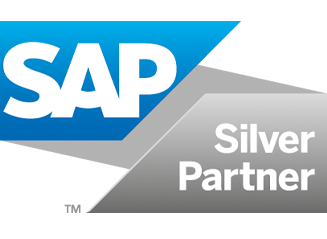In Romania a new electronic invoicing system called RO e-Factura has been effective since July 2022. The obligation covers all B2G and some of B2B transactions that are issued for high-fiscal-risk products.
You can find general information about the process in our first five key questions about e-invoicing Romania content. Now, we would like to share an updated version of the five key questions.
1. Is B2B e-invoicing mandatory for all taxpayers in Romania?
No. For now, the obligation is only for B2B e-invoices that are created for high-fiscal-risk products and all B2G transactions. You can see the products on the list below:
- Vegetables, fruits, roots, and edible tubers, other edible plants
- Alcoholic beverages
- New constructions
- Salt, sulfur; earths and stones, plaster, lime, and cement
- Mineral products (including mineral water natural, sand, and gravel)
- Clothing and footwear
All product types have their own NC codes and must be included in an XML file. More than one NC code can be added to a single XML file.
In 2023, the product list is expected to be expanded and made mandatory for all taxpayers.
2. How does the customer get the e-invoice? Is it similar to that in Italy?
According to the electronic invoicing law, the last step of the e-invoicing process is to download signed XML files from the RO e-Factura portal. Both the customer and the supplier can download the files within 60 days and must archive them for 10 years. The only requirement is that both sides of the process needed to register to the SPV government portal. After entering the portal, you can view a list of inbound and outbound invoices. When we look at the receiving RO e-Factura System, it is more similar to Egypt’s e-invoicing system than Italy’s Fatturapa.
3. Can XML include negative values?
Yes. In this case the invoice type must be 380. However, there are two rules: the item net price and item gross price must not be negative. Otherwise it will return an error message.
4. Is the supplier required to report high-fiscal-risk products and others in separate invoices?
No. If the supplier works with both high-fiscal-risk products and others, there is no need to issue separate invoices. Taxpayers can issue invoices including both product types in their ERP system.
5. What’s the difference between the correction and cancellation invoices in XML?
After issuing an invoice and sending it to the RO e-Invoice portal, there is no specific time limit to issue a correction invoice. Correction invoice is created when taxpayers want to correct mistakes in data from the original invoice. The only way to fix the original invoice is correction. Cancellation is forbidden.
For more information about the process and our solutions, please contact us at contact@snitechnology.net





